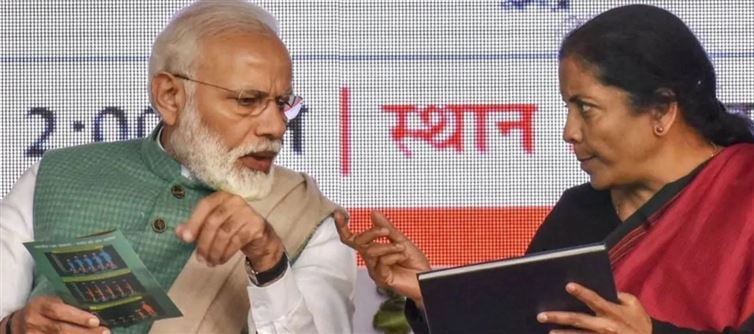
This pricing anomaly becomes even more frustrating when factoring in that E20 fuel provides around 6% lower energy content compared to pure petrol, resulting in visibly reduced mileage for vehicles. In essence, consumers are paying the same amount for less distance and more frequent refueling — a silent burden on already strained household budgets. Ideally, a higher ethanol blend should come with lower prices to offset this drop in efficiency, but indian consumers are met instead with economic opacity masked as policy. It’s a move that, rather than incentivizing green fuel adoption, breeds distrust and confusion.
In a country where economic logic is increasingly replaced by political optics, such decisions are often hailed as "masterstrokes" without any real benefit trickling down to the people. The illusion of progress is sold with catchy headlines and slogans, while transparency, logic, and fairness in pricing are quietly buried. This isn’t market economics — this is closer to fiscal alchemy, where numbers are manipulated and public sentiment is managed, not respected. And as always, the common citizen is left paying the literal price for policies wrapped in illusion.




 click and follow Indiaherald WhatsApp channel
click and follow Indiaherald WhatsApp channel